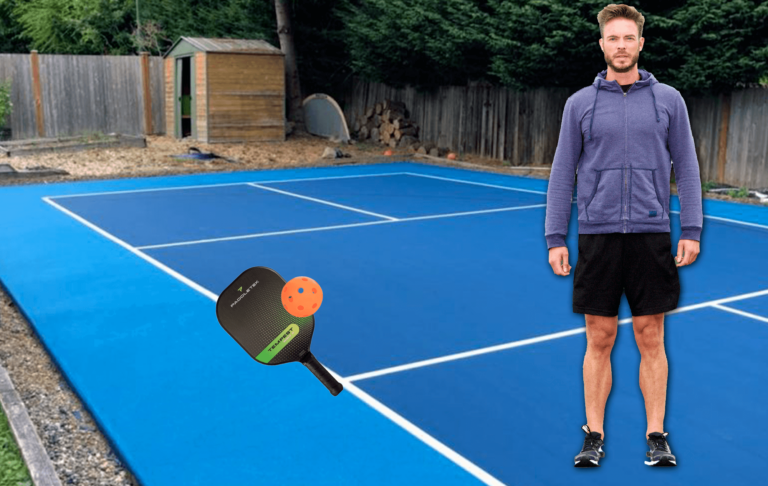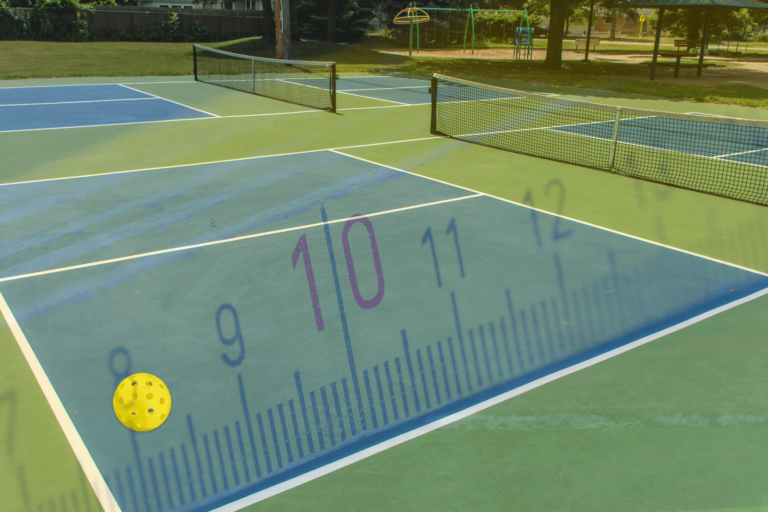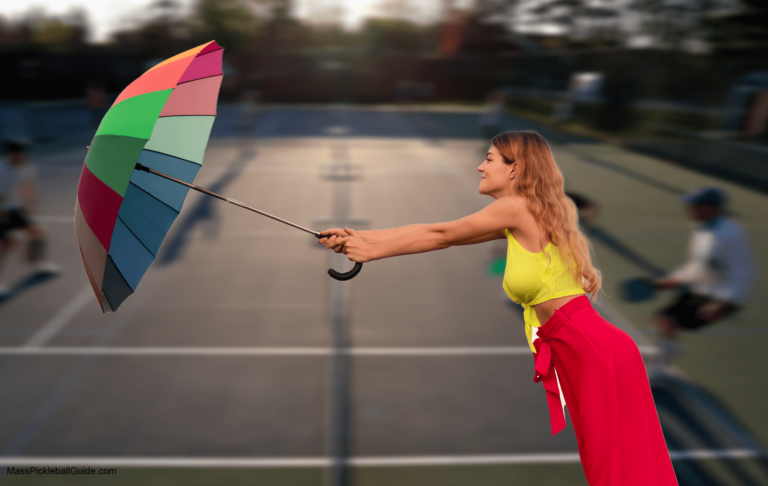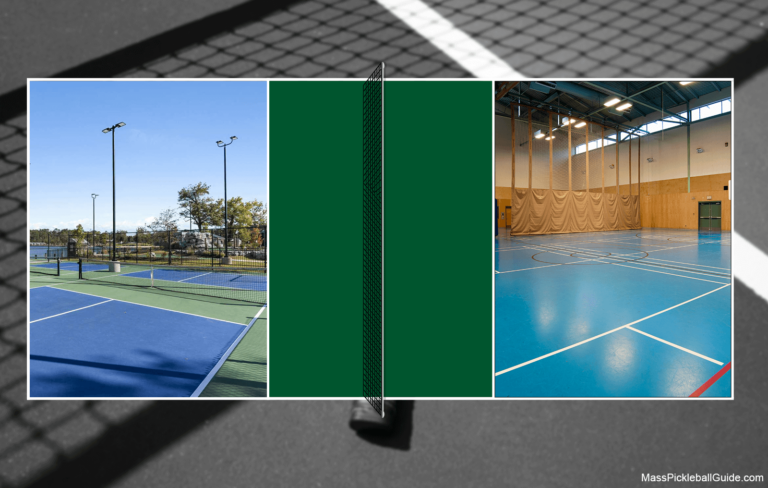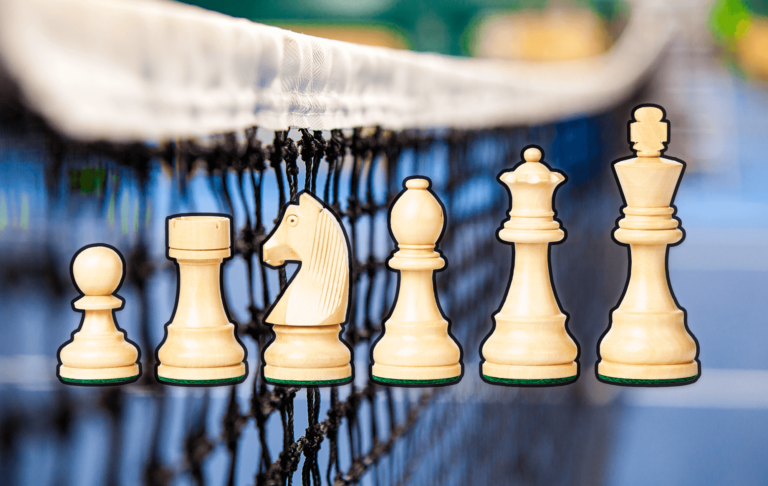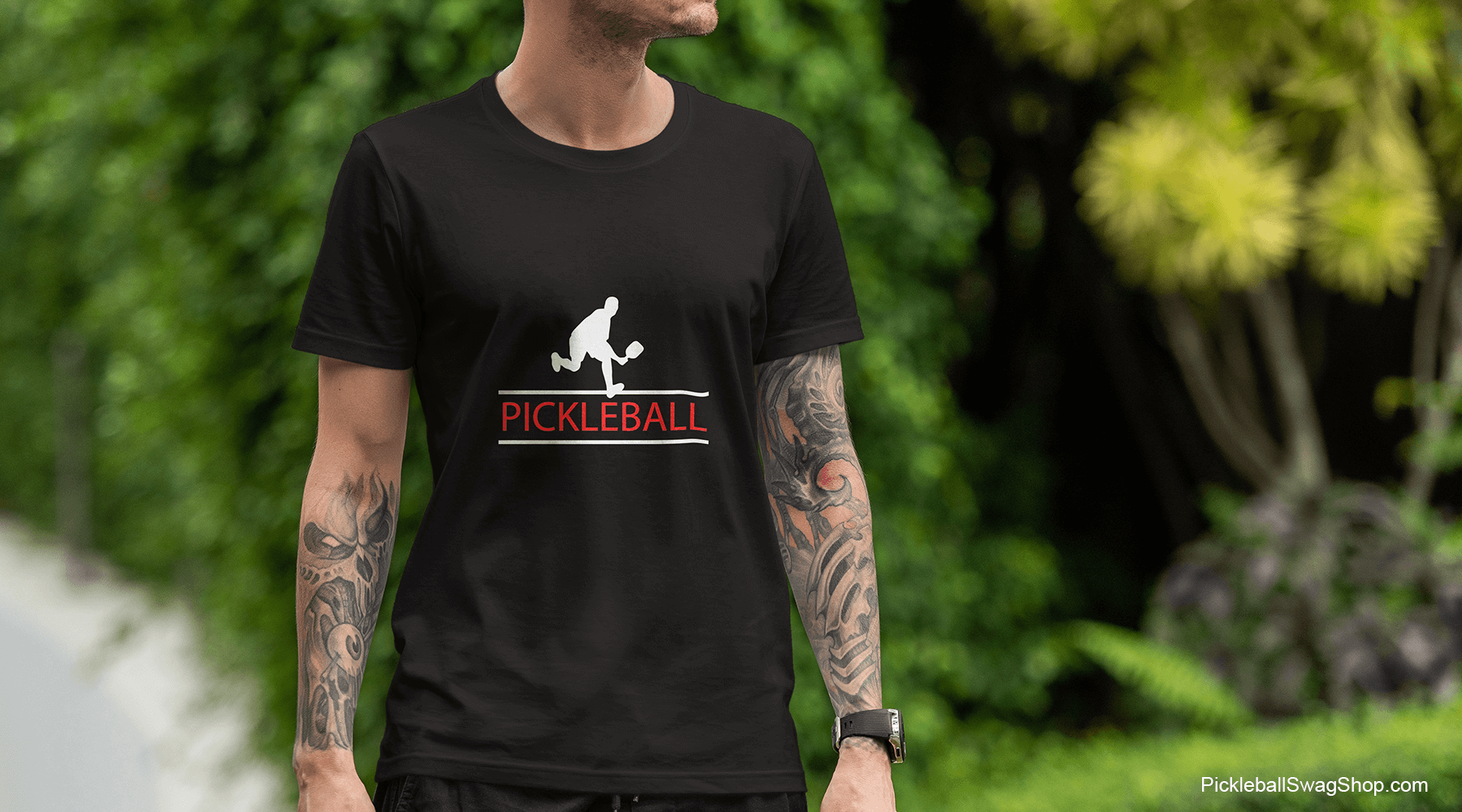Understanding the Pickleball Court: Layout and Rules
know your anatomy
At the heart of pickleball lies the pickleball court, a unique battleground where strategy and skill converge.
Whether you’re a seasoned player or just starting out, understanding the nuances of the pickleball court is essential for mastering the game. In this comprehensive guide, we delve deep into the anatomy of a pickleball court, unraveling its complexities and highlighting how each element can impact your play. From the significance of court markings to the intricacies of the non-volley zone, this article is your one-stop resource for all things related to pickleball courts.
How to transform a tennis court into a pickleball court
Anatomy of a Pickleball Court
At first glance, a pickleball court may resemble a miniature tennis court, but it holds its distinct characteristics. The standard pickleball court measures 20 feet in width and 44 feet in length, a size that demands both precision and strategic positioning.
- Court Dimensions:
- Length: 44 feet
- Width: 20 feet
- Ideal for doubles and singles play.
- The Non-Volley Zone:
- Also known as the ‘kitchen.’
- Extends 7 feet from the net on both sides.
- A critical area for strategic play.
- Sidelines and Baselines:
- Clearly define the play area.
- Vital for understanding in-bounds and out-of-bounds.
The layout of the court is designed to offer a balanced playfield, demanding a mix of agility, strategy, and precision from players. Learn more about pickleball strategies to enhance your understanding of how court dimensions influence gameplay.
Essential Court Markings and Their Meanings
Pickleball courts are not just defined by their dimensions but also by the critical markings that dictate the rules and flow of the game. These markings are not mere lines on the court; they are the blueprint for gameplay, guiding players’ movements and strategies.
- Service Boxes:
- Divided by a centerline, creating left and right service areas.
- Essential for determining valid service and receiving positions.
- Centerline:
- Splits the service boxes.
- Crucial for service positioning and fault rulings.
- Baselines:
- The lines at the court’s ends.
- Define the boundary for serves and general play.
Understanding these markings is pivotal for both beginners and seasoned players. It’s not just about where you stand or hit the ball; it’s about gaining a tactical advantage. For an in-depth analysis, check out our article on pickleball rules and regulations.
The Non-Volley Zone (Kitchen) Explained
One of the most unique and strategically important areas of a pickleball court is the non-volley zone, commonly referred to as the ‘kitchen’. This area extends 7 feet on either side of the net and plays a crucial role in the game’s dynamics.
- Purpose of the Kitchen:
- Prevents players from executing smashes right at the net.
- Encourages a more skillful, less power-dominated game.
- Rules in the Kitchen:
- Players cannot volley (hit the ball in the air) within this zone.
- Foot faults occur if a player steps into the kitchen while volleying.
- Strategies:
- Use drop shots to lure opponents into the kitchen.
- Positioning and movement around the kitchen can dictate the flow of the game.
The kitchen is a zone that requires careful navigation; a step too far can turn a masterful volley into a fault. For more tactical insights, explore our detailed guide on mastering the kitchen in pickleball.
Court Maintenance and Care
Maintaining a pickleball court is essential for ensuring a safe and enjoyable playing experience. Proper care extends the life of the court and keeps it in top condition for competitive play.
- Regular Cleaning:
- Remove debris and dirt to prevent surface damage.
- Use gentle cleaning methods to preserve the court’s material.
- Surface Inspection:
- Regular checks for cracks or wear.
- Prompt repairs to prevent further deterioration.
- Net Maintenance:
- Ensure the net is properly tensioned and in good condition.
- Replace worn or damaged nets as needed.
Taking care of your pickleball court not only ensures a better game but also promotes a sense of respect and responsibility within the pickleball community. For more tips on court maintenance, visit our comprehensive guide on pickleball court care.
Conclusion
Understanding the pickleball court is more than just knowing its dimensions and rules; it’s about appreciating the intricacies that make pickleball an exciting and strategic game. This guide serves as your pathway to mastering the court, enhancing your gameplay, and deepening your love for this fast-growing sport. With the knowledge of court anatomy, markings, and maintenance, you’re now equipped to step onto the court with confidence and a deeper understanding of the game.


